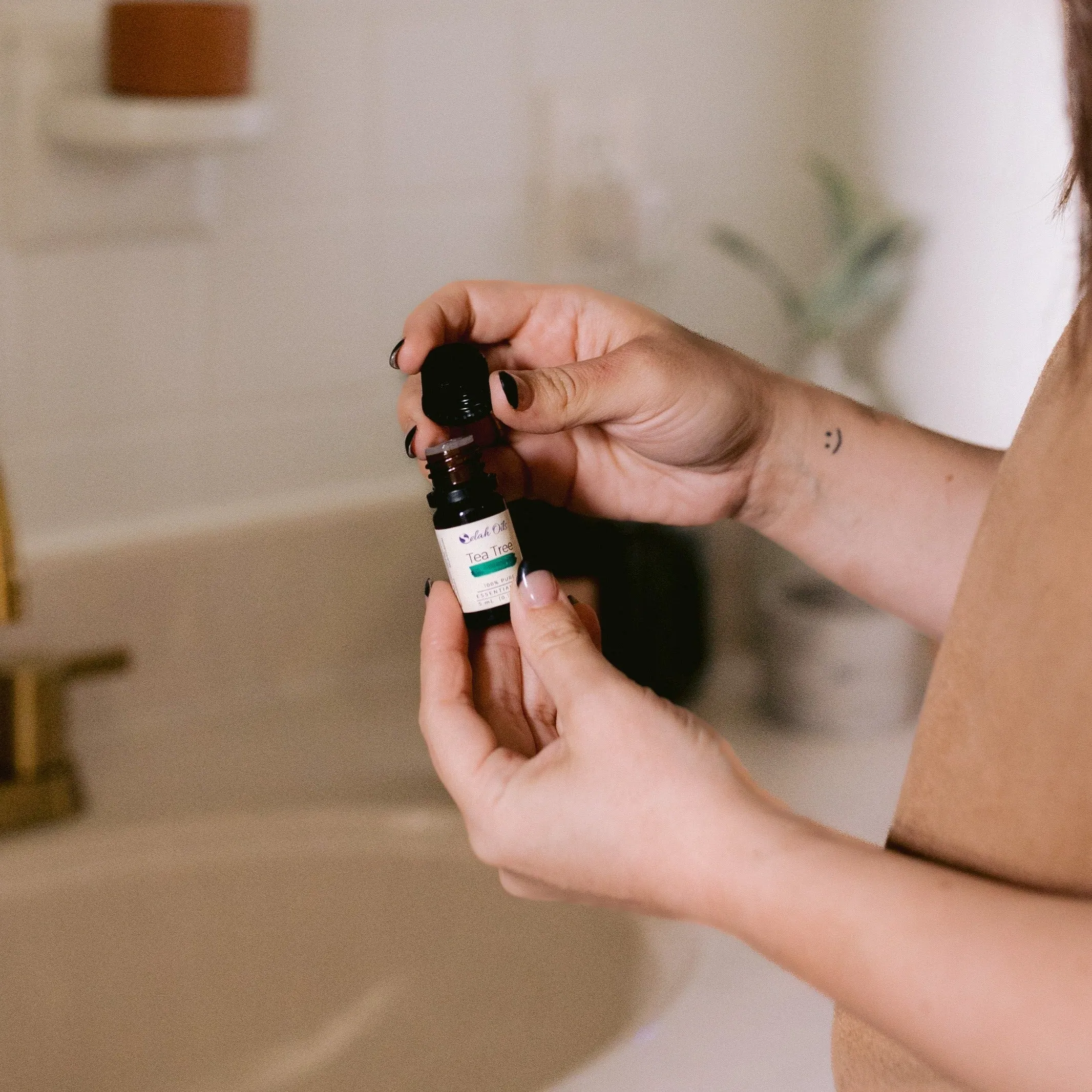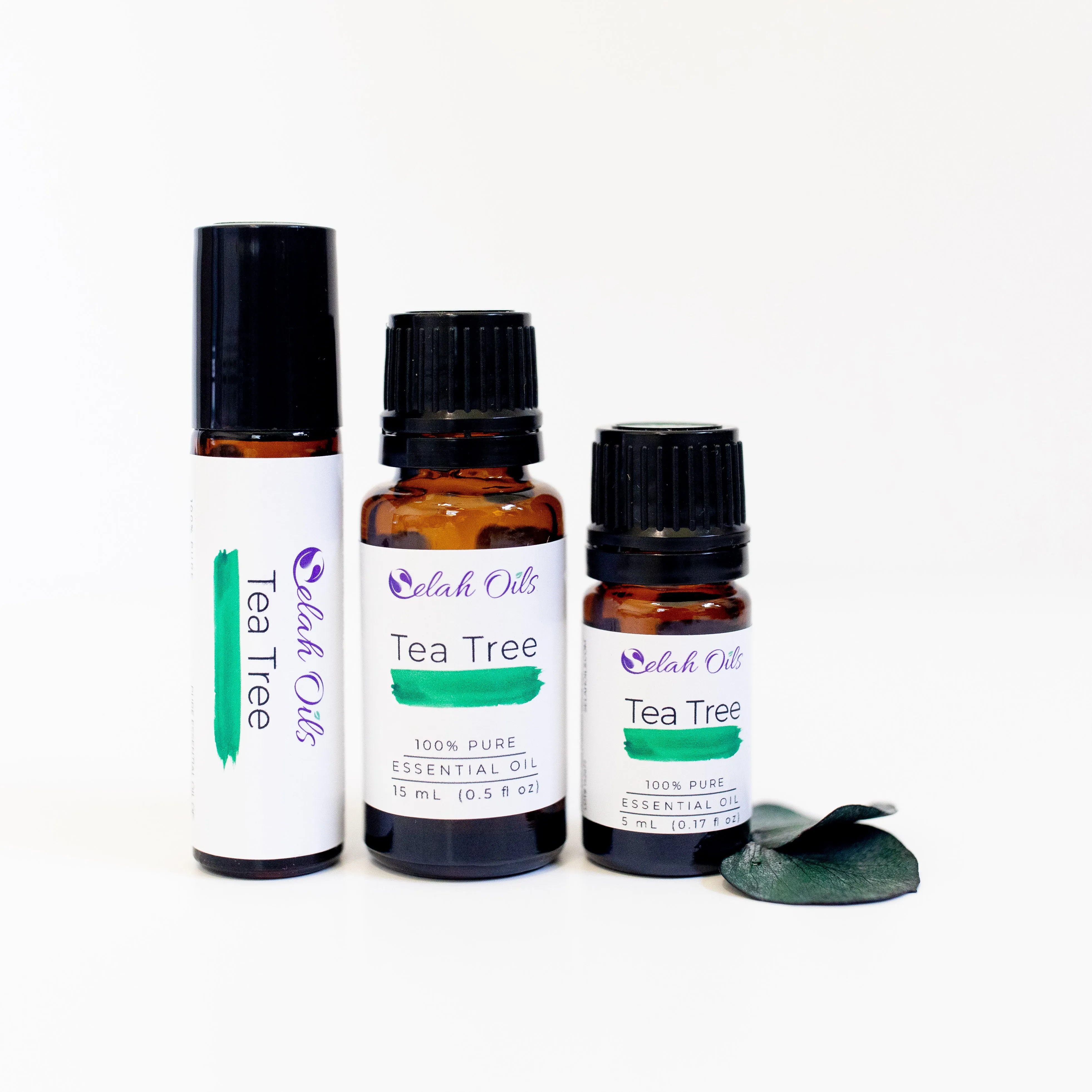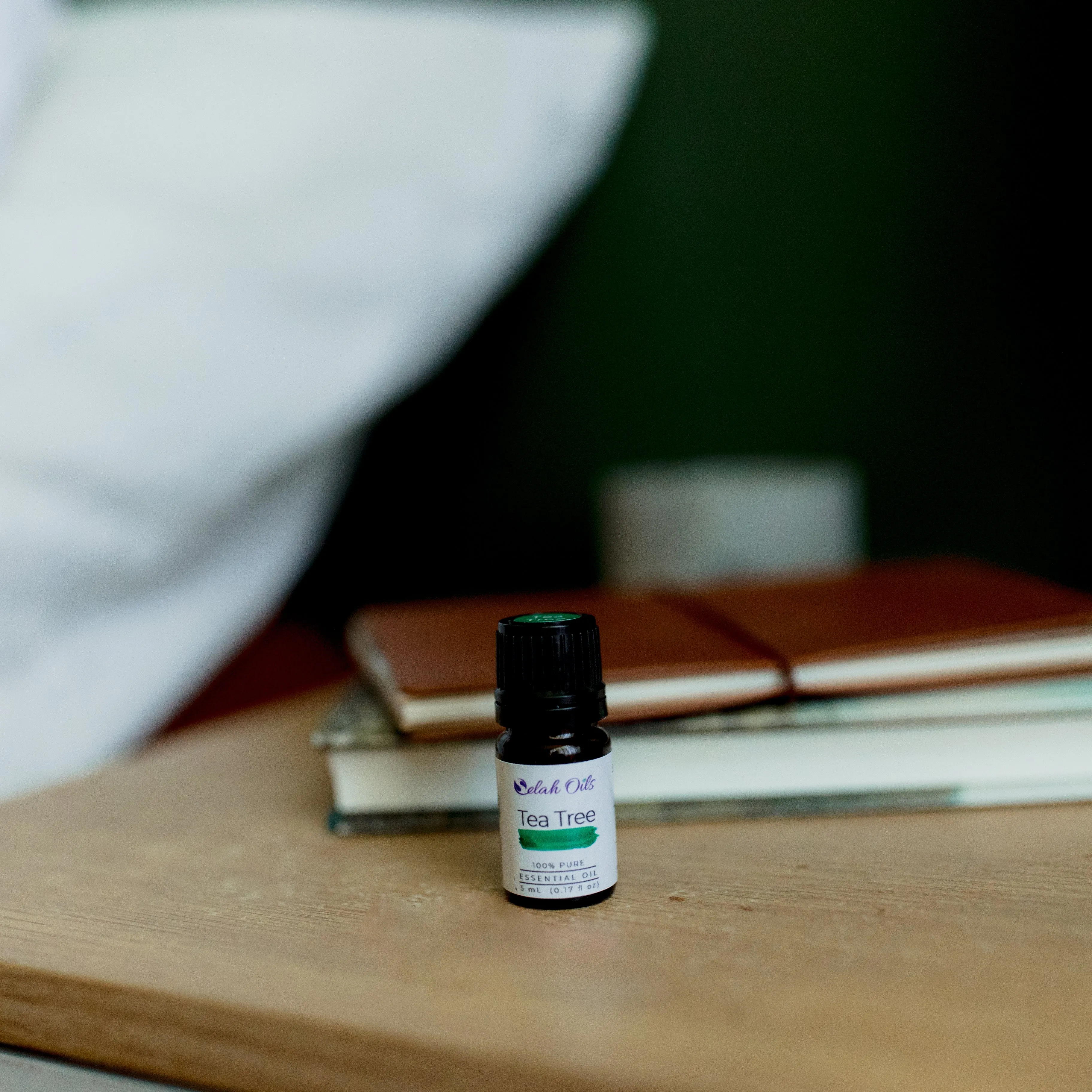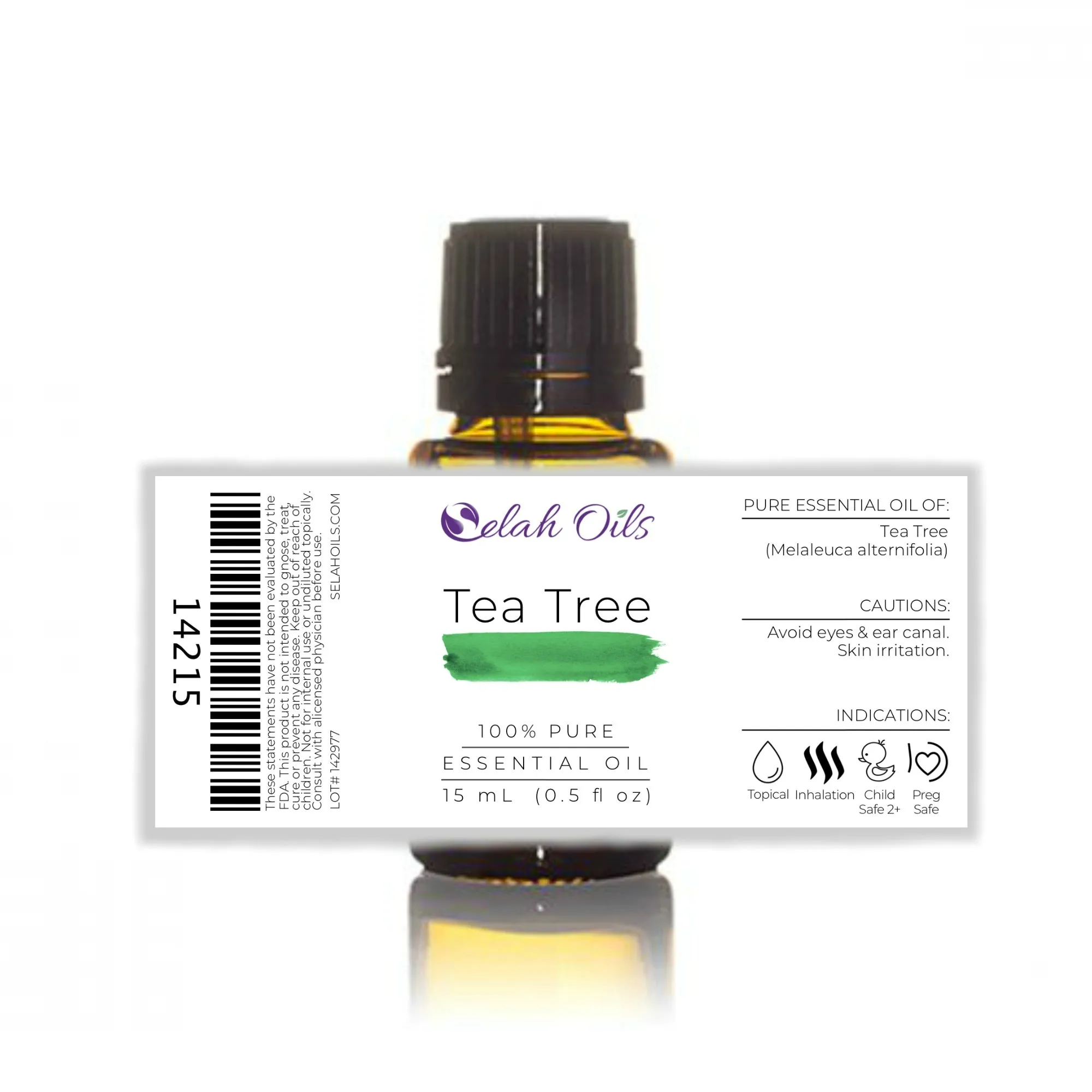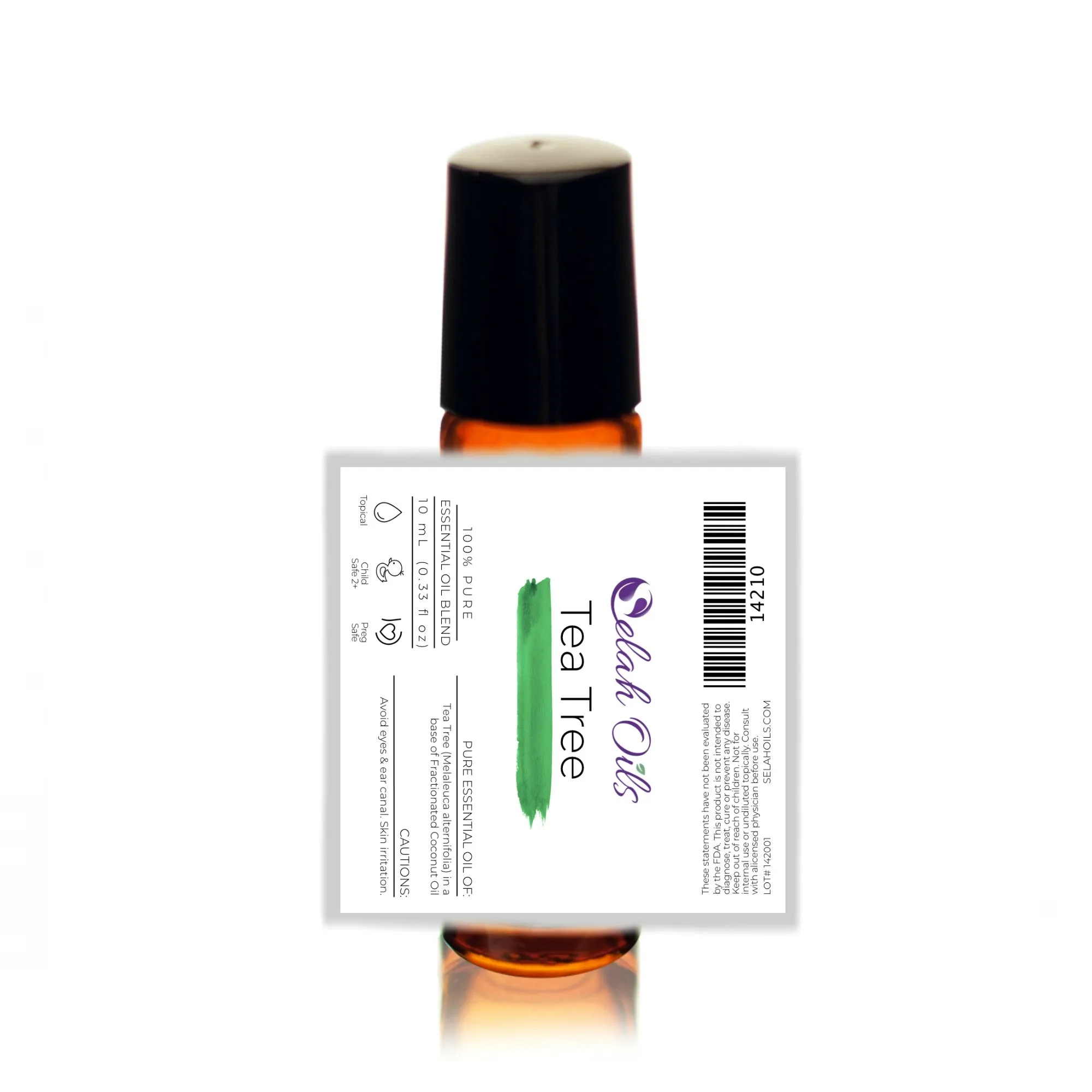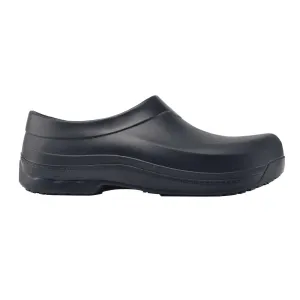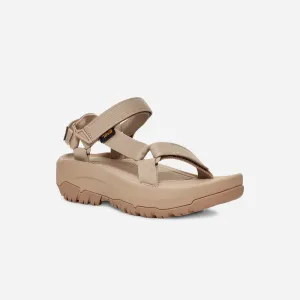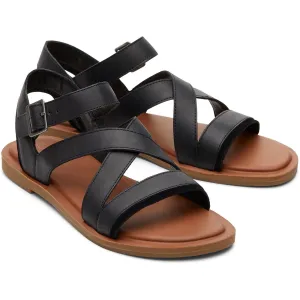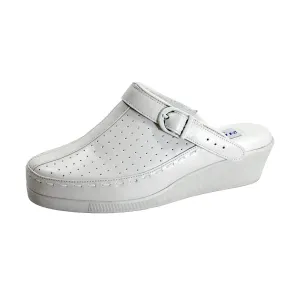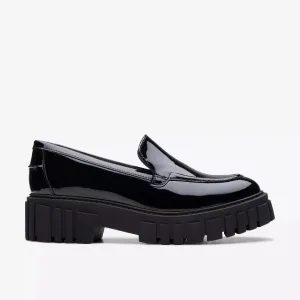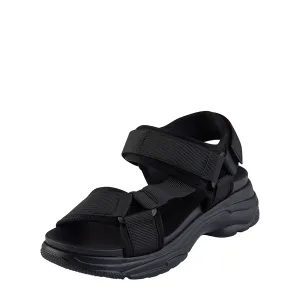*This oil is produced from organically grown crops and is certified by our supplier. However, our facility is not certified organic. You get it though. ;-)
Tea Tree essential oil has been used for centuries to combat many issues, particularly those that stem from fungal, viral, and bacterial sources. Things like ringworm, candida, yeast, athlete's foot, thrush, dandruff, acne, and warts respond well to Tea Tree.
In addition, lice, dust mites, and the stings or bites of insects are dealt with quite thoroughly when Tea Tree is used.
Details
Botanical Name: Melaleuca alternifolia
Plant origin: Australia
Extraction Method: Steam distilled from leaves (certified organic by our supplier)
Shelf Life: 3 years in proper storage conditions
Storage: Store upright, lid tight, out of direct heat and sunlight
Recommended Adult Topical Dilution: 12%
Maximum Adult Topical Dilution: 15%
Selah oil blends that contain Tea Tree essential oil:
, , ,
Roll-on is in a base of fractionated coconut oil (diluted at 5%).
Uses
- Abrasions - Cuts - Scrapes - Wounds
- Abscess
- Acne
- Athlete's Foot
- Bedsores
- Blisters
- Body Odor
- Boils
- Bronchitis
- Candida - Candidiasis - Thrush - Yeast Overgrowth - Yeast Infection (also see )
- Canker Sores - Mouth Ulcers
- Chilblains
- Cough - Mucus
- Cystitis (Bladder Infection, Urinary Tract Infection, UTI)
- Dandruff
- Dental Abscess - Infection - Pain
- Ear Ache (Infection)
- Fungal Skin Infections - Skin Candida - Ringworm
- Gingivitis - Gum Disease - Periodontal Disease
- Gout
- Halitosis - Bad Breath
- Hemorrhoids
- Hepatitis
- Herpes Simplex - Cold Sores - Fever Blisters
- Herpes Zoster - Shingles
- Impetigo
- Laryngitis
- Lice
- Moles
- Oral Infection
- Parasites
- Pneumonia
- Prostate
- Psoriasis
- Respiratory Infection
- Ring Worm (see tab)
- Scabies
- Shock - Trauma
- Staph (MRSA)
- Strep Throat
- Viral Infection
- Yeast Infection - see also
- Wart
Therapeutic Properties
- anthelmintic - destroys or expels worms and parasites; vermifuge
- antibacterial - prevents bacterial growth
- antifungal - prevents fungal growth
- antiseptic - destroys and prevents the development of microbes/bacteria
- antiviral - inhibits the growth of virus
- decongestant - reduces congestion such as mucus
- immunostimulant - stimulates the action of the immune system
- vulnerary - heals wounds and sores by external application
Research
for a printable information sheet.
For more information on Tea Tree essential oil
Applications
Topical:
Apply topically diluted on areas where the skin is broken, including cuts, scrapes, burns, rashes and infection, or elsewhere as desired.
Ok for children 2 with proper dilution. - .
Pregnancy and lactation safe with extra dilution. - .
for the essential oils dilution chart.
Inhalation:
Diffuse or inhale directly.
Internal:
Although the quality of Selah Oils is excellent, it is not advised to take essential oils internally unless under the guidance of a certified physician who is also certified in aromatherapy. We recommend getting internal dosing instructions from a licensed physician as some essential oils are not recommended for oral consumption. This is in no way a reflection on our oil quality, only a matter of safety and caution with respect to how concentrated essential oils are. When used within safe parameters, and under your physician's care, the quality of our essential oils is such that they can be used internally if deemed appropriate.
However, with that said, it is important to remember the extreme concentration of essential oils. "Using essential oils by rubbing them into the skin or via inhalation is in many cases more effective than oral delivery" (Schnaubelt 96).
All cautions listed for individual oils do not include those cautions from ingestion.
Cautions
Low risk of skin sensitization. Old or oxidized oils should be avoided. (Tisserand, 441)
Tea Tree is known to antidote homeopathic remedies. Please use caution when using Homeopathy with oils.
Repeated use can result in contact sensitization.
General EO Cautions:
All cautions listed for individual oils do not include those cautions from ingestion. It is not advised to take essential oils internally unless under the guidance of a licensed physician who is also certified in aromatherapy.
If for any reason you get essential oils in your eyes, put carrier oil along the eyebrows above the eyes and on the cheekbones below the eyes.
Do not put essential oils inside your ear canal.
This product is not intended to diagnose, treat, cure, or prevent any disease.
GC/MS Key Constituents:
References
- Worwood, Valerie. The Complete Book of Essential Oils and Aromatherapy. Novato: New World Library. Revised 2016. Print.
- Worwood, Valerie. Aromatherapy for the Healthy Child. Novato: New World Library. 2000. Print.
- Schnaubelt, Kurt, Ph. D. Advanced Aromatherapy. Rochester: Healing Arts Press. 1998. Print.
- Schnaubelt, Kurt, Ph. D. The Healing Intelligence of Essential Oils. Rochester: Healing Arts Press. 2011. Print.
- Schnaubelt, Kurt, Ph. D. Medical Aromatherapy. Rochester: Healing Arts Press. 1999. Print.
- Price, Shirley. Price, Len. Aromatherapy for Health Professionals. New York: Churchill Livingstone/Elsevier. Fourth edition, 2012. Print.
- Tisserand, Robert, et al. Essential Oil Safety: a Guide for Health Care Professionals. Churchill Livingstone/Elsevier. 2014. Print.
- Aletha Press. Essential Oils Natural Remedies: The Complete A-Z Reference of Essential Oils for Health and Healing. Berkeley: Aletha Press. 2015. Print.
- Davis, Patricia. Aromatherapy an A-Z. London: Vermillion. 2000. Print.
- Higley, Connie & Alan. Reference Guide for Essential Oils. Spanish Fork: Abundant Life. 2012. Print.
- Purchon, Nerys and Lora Cantele. The Complete Aromatherapy and Essential Oils Handbook For Everyday Wellness. Toronto: Robert Rose. 2014. Print.
- Buckle, Jane. Clinical Aromatherapy Essential Oils in Practice. New York: Churchill Livingstone/Elsevier. 2003. Print.

